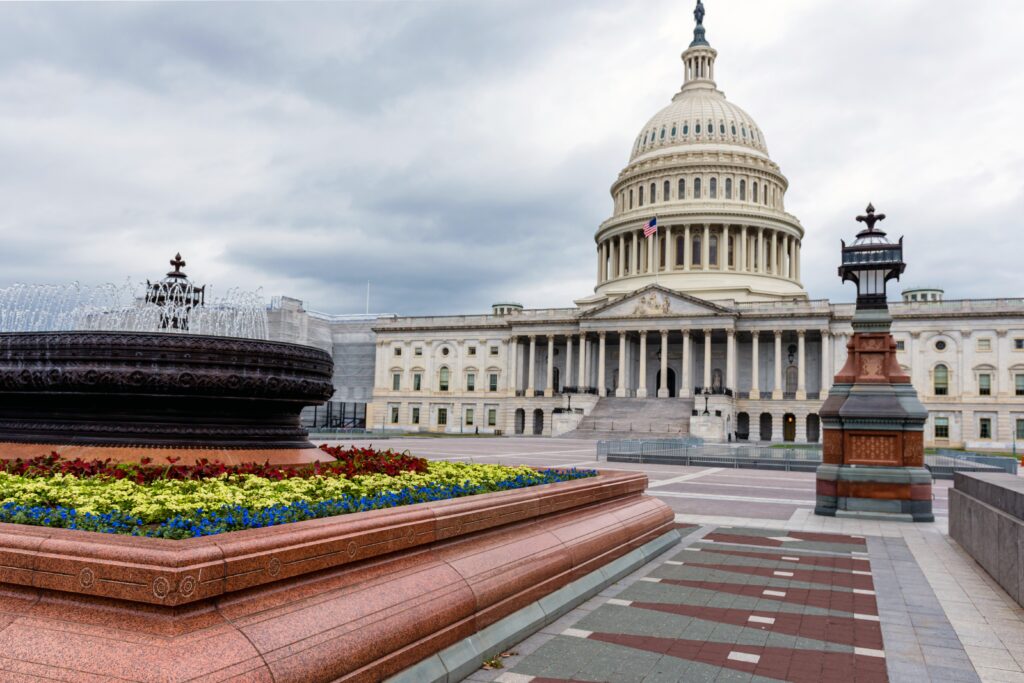It’s an election year, which means everything is going to move very slowly through Congress, if it moves at all.
That includes, unfortunately, the 3.4-percent cut in physician reimbursement from Medicare. As many of you are aware, those cuts have been in effect since Jan. 1.
Last week, the U.S. House of Representatives passed a tax bill with bipartisan support – which is just short of incredible – but the bill does not include any healthcare measures, meaning no fix on the 3.4-percent cut. And, anyway, the tax bill looks like it’s being held up in the Senate, bogged down by the issue of immigration.
The next chance for a fix to physician reimbursement will be later this month, when Congress scrambles to meet its self-imposed March deadline to decide on a budget. If you’ll remember, last year, Congress postponed passing an end-of-the-year appropriations bill so they could go home for the holidays – that traditional spending plan has been split and pushed to March 1 and March 8.
So, there’s a chance that the physician cut can be addressed then. However, we’re being told that it is highly unlikely that any such fix will be retroactive. That is, any potential bill would likely not include the opportunity for physicians to claw back money that they’ve lost since the cut went into effect.
We’re also hearing that it is very unlikely that the reimbursement cut would be reversed for the full 3.4 percent. One proposal last year was to make the cut about 1.75 percent for 2024.
There is a bill floating around Congress (H.R. 2474) that seeks to tackle broader reform to the policy that gives us these physician reimbursement cuts every year – that policy at issue is called the “Medicare Sustainable Growth Rate formula,” and it’s what forces Congress to come up with an annual “doc fix.”
The bill would tie a Medicare increase in physician reimbursement to inflation. The good news: the bill has bipartisan support. The bad news: this is an election year. The possibility of passage of any major reform is automatically decreased.
Another healthcare policy that is basically agreed upon by both parties, but just gets a temporary fix every year? Telehealth waivers. The pandemic-era telehealth waivers loosened geographic and originating site requirements, and allowed providers to reimburse telehealth at the same rates as in-person care.
This year, we expect Congress to again try and make those telehealth waivers permanent. Currently, telehealth waivers have been extended through 2024, under last year’s appropriation bill.
D.C. lawmakers have proposed at least 24 bills to make those waivers permanent, but before moving forward, Congress is likely waiting for more data to come out of U.S. Department of Health and Human Services (HHS) on telehealth costs, usage, and impact.
In the meantime, 35 laws supporting telehealth were passed at the state level last year, and we expect states to continue that pace this year.
Relatedly, the Centers for Medicare & Medicaid Services (CMS) reported this week that telehealth usage by Medicare beneficiaries has dropped to near pre-pandemic levels. In the height of the pandemic, half of beneficiaries who were eligible for a telehealth service used it. As of the middle of last year, 2023, numbers dropped to only about one in ten beneficiaries who used a telehealth service, a little more than pre-pandemic numbers.
So, Medicare physician reimbursement and telehealth are on Congress’s healthcare to-do list for 2024. But…did I mention it’s an election year?






















